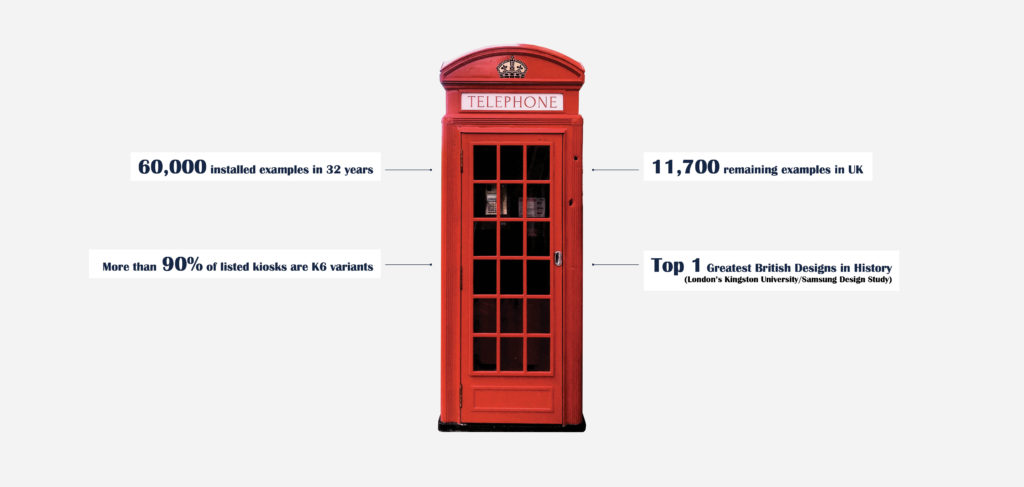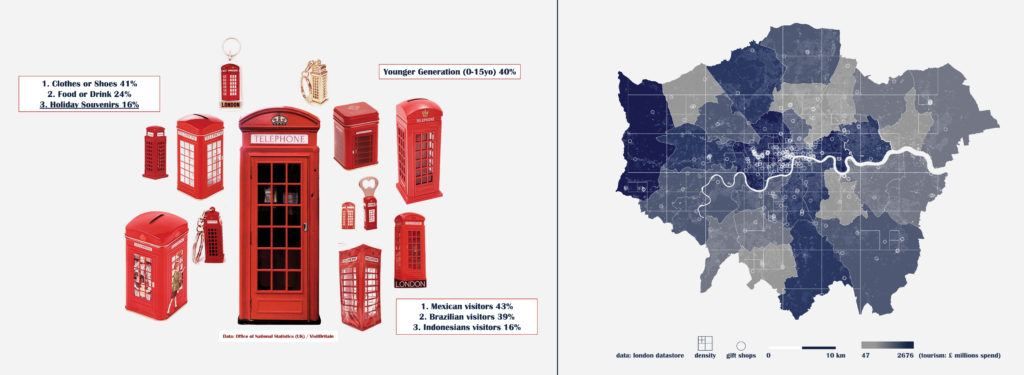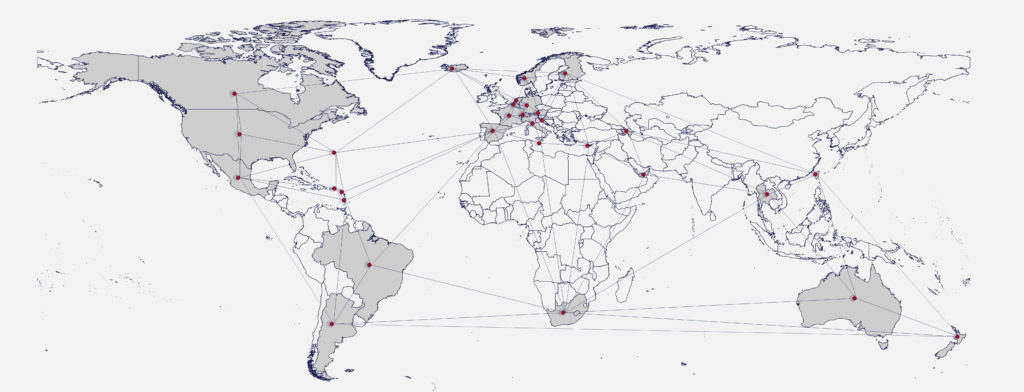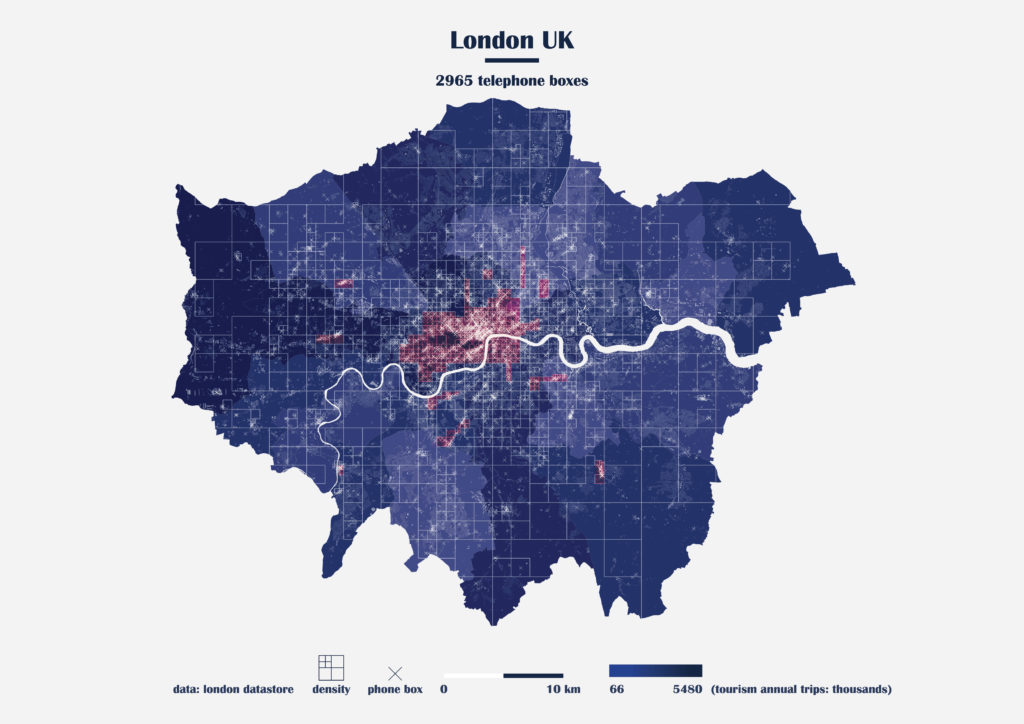A Story of a Beloved Design
This is a story of a one-of-a-kind creation in history, the British Red Telephone Box, which soon after its implementation in 1921 became a symbol of british culture and identity, an inseparable part of the nation’s and, more specifically of London’s urban landscape. Successful designs can be timeless, resonating with people and cultures for centuries. However, with the ever-changing technological landscape, even the most iconic designs might need to figth against obsolescence.

Even in the case of the most renowned telephone box, the Red Telephone Box, designed by Sir Giles Gilbert Scott in the 1920s, the shifts in telecommunication, with the rise of mobile phones, and other sorts of technologies, the need for public telephones dwindled, rendering the telephone box irrelevant. A clear reminder that even the most iconic designs must adapt to new technologies or risk becoming irrelevant forever.
Although it is hard to imagine the city without them, they did not always exist. So, How did we get to this point? What has happened in between the first National Telephone Box, and the creation of telephone boxes “graveyards” in the outskirts of London?
The Telephone Box as an Economic Asset
The popularity of the red telephone box quickly spread beyond London. (1) And the country saw an opportunity to monetize the box by replicating and licensing its design on objects of different uses and scales. A great economic asset for the local gift shops, considering that 16% of the spend of tourists travelling to UK goes to holiday souvenirs. through differe It also became an economic asset for the country and the city.

Moreover, (2) the red telephone box became deeply ingrained in the socio-cultural imaginary of the country, and has been featured in countless works of art, including music, films, and sculpture. British designers, musicians, artists, movie directors, among others, have included the iconic piece in countless works magnifiying its significance by representing a moment in history, embodying the values, aspirations, and collective memory of a people. The red telephone box’s iconic design and enduring popularity serve as a testament to the power of good design in shaping collective memory and cultural identity.
Lastly, 3) the impact of the red telephone box has expanded well beyond the borders of Britain, as a consolidated global icon. Are you looking to incorporate a piece of British history and culture into your own private space, or community area? This is now possible to various companies, such as X2connect, an approved reseller of British Telecom, offering individuals and communities the opportunity to purchase their very own red telephone box for a price of around ?2,500. The red telephone box has definitely become an emblem not only of British culture but also of classic and timeless design, transcending national boundaries and becoming a beloved symbol around the world.

Between Existance and Obsolescence
Who would dare to visit London and not take a photo next to it? The red telephone box is still an essential cultural landmark of the streets of the capital city, and its cultural value continues to yearly draw visitors from around the world. While the boxes may no longer serve their original purpose as public telephone booths, and despite the effects of time and decay , the iconic design acts as a tangible symbol of British culture. This is a testament to the power of good design and the enduring influence of cultural memory, which allows even outdated artifacts to continue to be revered and celebrated long after their original purpose has been rendered obsolete.
But is this ephimeral act enough to contribute to the urban landmark legacy?
1) In 2021 in the UK, 1298 of the telephone boxes did not make a single call.
2) More than 4000 made no more than one call a month.
3) By law British Telecom is obliged to operate public payphones around the country, even when maintenance and removal cost £4.5 million a year.
4) In 2025 the analogue system will be switched off for good.

God Save the Box: A call for Urban Planners
Urban planners can play a crucial role in the repurposing of existing obsolete telephone boxes in the city of London. With the increasing demand for proximity to services in neighbourhoods, it is time to think outside the box and come up with creative solutions to keep the British iconic design alive while aligning it with current pressing urban challenges. Urban technologists, together with local communities, municipalities, and businesses among other stakeholders, can help identify areas in the city where the repurposing of these telephone boxes could make a significant impact depending on the specific needs. Additionally, urban planners can ensure that these repurposed boxes comply with safety regulations and accessibility standards, making them accessible to everyone in the community.
Whatever you need, Around the corner


The city of London, including municipalities, communities, businesses and individuals, is now in need to fight for its Red Telephone Box. A bright future as a repurposed “building” that serves as micro-facilities for local communities, by transforming them from costly obsolete artifacts into miniature cafes, libraries, galleries, bakeries, repair shops, and many other services. The proposal does not only help to highlight once again the iconic design but to achieve a mixed-used, compact city, where specific services are always around the corner in all neighbourhoods across the city. Existing National Schemes to save the telephone box will be complemented by the expertise of urban planners, who throughout urban analytics and on-field research, will be able to determine what is needed where. By repurposing the red telephone box, they can become more than just artifacts to be worshipped by tourists, but instead, they can turn into community assets that serve London’s residents primarily.

It is fundamental to continue to repurpose London’s telephone boxes and bring them to life, giving them back to the community and celebrating the rich history of these iconic structures many more decades.
____________________________________________________________________
Sources:
https://data.london.gov.uk/
https://www.data.gov.uk/
https://tfl.gov.uk/info-for/open-data-users/
https://data.europa.eu/en
https://www.theguardian.com/technology/2019/aug/27/ringing-the-changes-how-britains-red-phone-boxes-are-being-given-new-life
https://www.theguardian.com/culture/2022/may/01/the-uks-dwindling-red-phone-boxes-call-up-some-wonderful-memories
https://www.theguardian.com/artanddesign/shortcuts/2021/mar/15/yours-for-one-pound-what-would-you-do-with-a-traditional-red-phone-box
https://www.bloomberg.com/news/articles/2021-11-09/thousands-of-uk-s-phone-boxes-to-be-protected-from-closure#xj4y7vzkg
http://www.the-telephone-box.co.uk/
https://www.visitbritain.com/en
https://www.visitlondon.com/
https://www.x2connect.com/
https://www.ofcom.org.uk/news-centre/2021/thousands-of-call-boxes-set-for-protection
https://business.bt.com/public-sector/street-hubs/adopt-a-kiosk-scheme/

